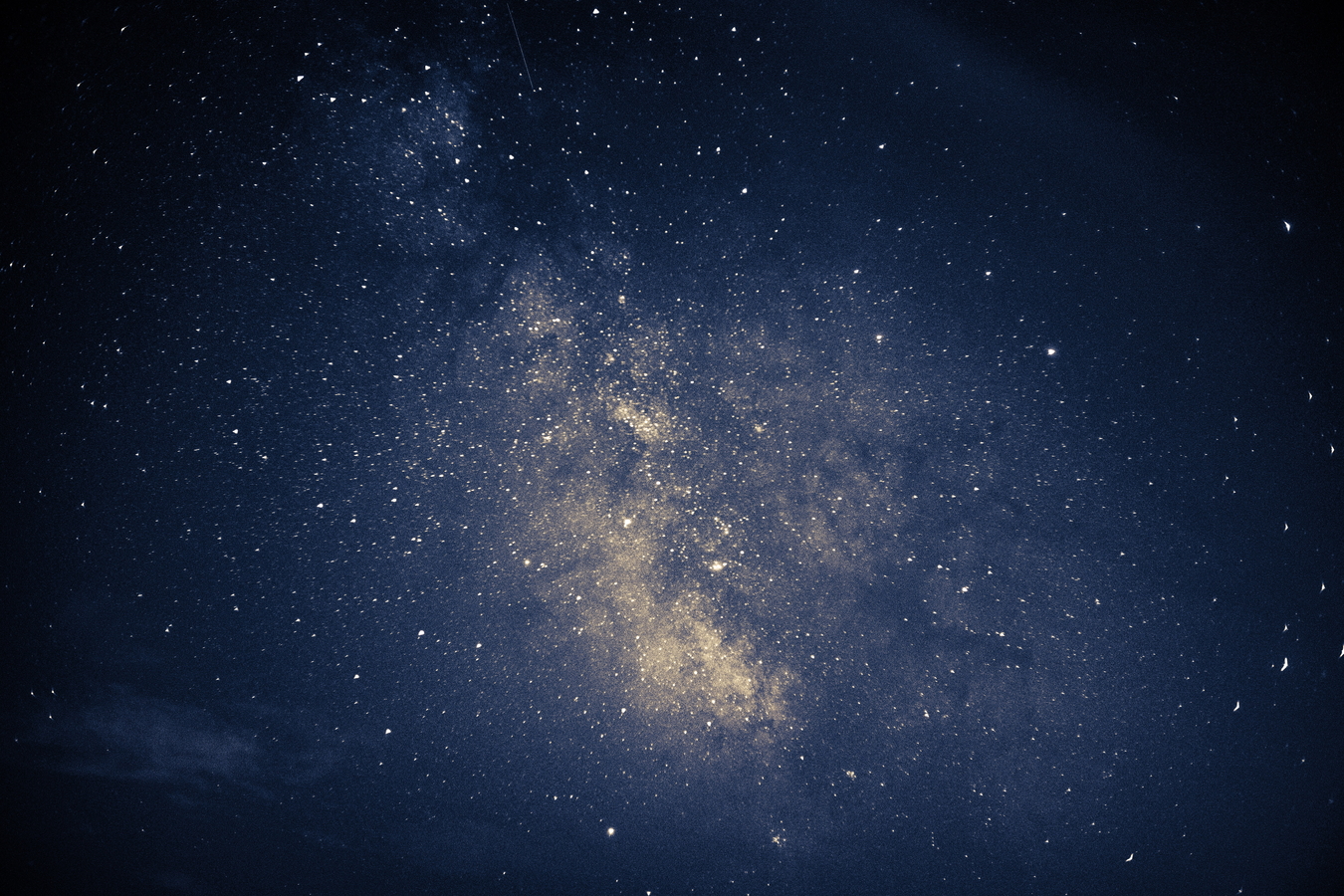Overview
Cosmological models are informed by observations of the Cosmic Microwave Background and distant galaxies. However, these leave much of the volume of the observable universe unexplored, meaning that key epochs in cosmic history are unconstrained. In particular, we have limited observational evidence of the Cosmic Dawn, when stars and galaxies first formed, and the Epoch of Reionization (EoR), when early stars and galaxies ionized the surrounding intergalactic medium. We also lack detailed measurements of the universe’s large-scale structure at near redshift. In this talk, I will discuss how interferometric radio telescopes can fill in these gaps. Using the 21 cm emission line from neutral hydrogen, these telescopes can map enormous volumes of the universe, answering questions about the origins and evolution of our modern universe. I will present recent progress constraining models of early galaxy formation with 21 cm intensity mapping. I will then discuss how next generation experiments like the DSA-2000 will deliver on the promise of 21 cm cosmology.
